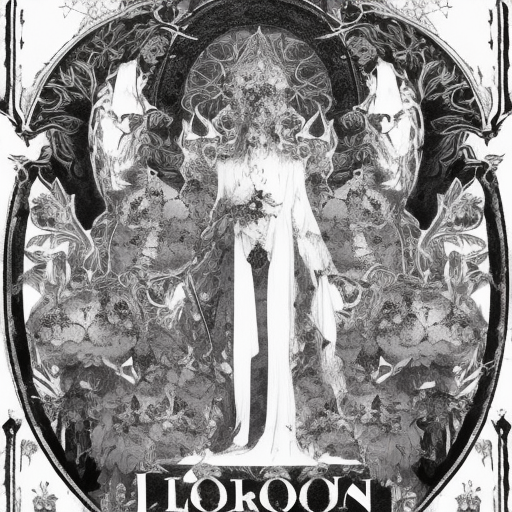Summary of Scarface by Brian De Palma
One-line summary: Scarface, directed by Brian De Palma, is a gritty crime drama that follows the rise and fall of Tony Montana, a Cuban immigrant turned ruthless drug lord in 1980s Miami.
Main Cast and Crew:
- Director: Brian De Palma
- Writer: Oliver Stone
- Main Actors: Al Pacino as Tony Montana, Michelle Pfeiffer as Elvira Hancock, Steven Bauer as Manny Ribera
- Music Director: Giorgio Moroder
- Director of Photography: John A. Alonzo
- Producers: Martin Bregman
Plot:
Scarface follows the journey of Tony Montana, a Cuban refugee who arrives in Miami in the 1980s with his friend Manny Ribera. They start working for a drug lord, Frank Lopez, and quickly rise through the ranks due to Tony’s ambition and ruthlessness. Tony becomes infatuated with Elvira Hancock, Frank’s girlfriend, leading to tension between the two men.
As Tony amasses wealth and power, he becomes consumed by his own greed and paranoia. He establishes his own drug empire, but his violent actions attract the attention of law enforcement and rival gangs. Tony’s excessive lifestyle and drug addiction strain his relationships, including his marriage to Elvira.
The film reaches its climax when Tony’s empire begins to crumble. Betrayed by his former associates and hunted by the authorities, Tony’s world collapses around him. In a final, bloody standoff, Tony fights to the bitter end, refusing to go down without a fight.
Themes and Motifs:
Scarface explores themes of the American Dream, greed, and the corrupting influence of power. Tony Montana’s relentless pursuit of wealth and status ultimately leads to his downfall. The film also delves into the immigrant experience and the challenges faced by those seeking a better life in a foreign land.
The motif of violence is prevalent throughout the film, reflecting the brutal nature of the drug trade and Tony’s own volatile personality. The use of excessive wealth and opulence as a façade for the characters’ moral decay is another recurring motif.
Reception and Legacy:
Upon its release in 1983, Scarface received mixed reviews from critics. While some praised the film’s performances and De Palma’s direction, others criticized its excessive violence and perceived glorification of the drug trade. Despite the initial reception, Scarface has since gained a cult following and is considered a classic in the crime genre.
The film’s impact on popular culture is undeniable, with its iconic quotes and imagery becoming deeply ingrained in the collective consciousness. Scarface has been referenced and parodied in numerous films, television shows, and music videos, solidifying its status as a cultural touchstone.
Recommendation:
Scarface is a must-watch for fans of crime dramas and Al Pacino’s electrifying performances. It offers a gritty and unflinching portrayal of the dark underbelly of the drug trade, while also exploring themes of ambition, power, and the consequences of unchecked greed. However, viewers should be aware that the film contains graphic violence and strong language.
Memorable Quote:
“Say hello to my little friend!” – Tony Montana
This iconic line, delivered by Al Pacino’s Tony Montana during the film’s climactic shootout, has become one of the most famous quotes in cinema history. It encapsulates Tony’s larger-than-life persona and his willingness to go to extreme lengths to protect his empire.












